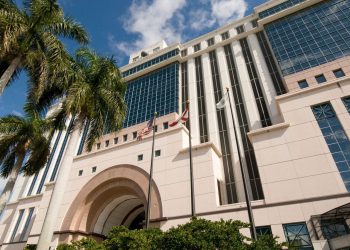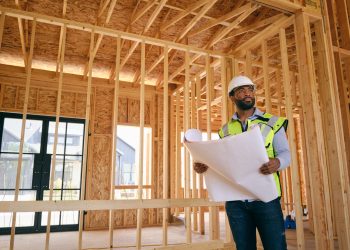The winding, unpredictable process of the two large spending bills Democrats have made their priority in Washington made enormous progress last Friday night as the House passed the narrower $1.2 trillion bipartisan infrastructure bill, potentially bringing closer a final resolution to the nearly $3 trillion in spending they have proposed.
After weeks of haggling and several misfires, the House voted 228-206 to send the bill—titled the Infrastructure Investment and Jobs Act—to President Joe Biden’s desk. A handful of progressive Democrats voted against the bill, with about a dozen Republicans crossing party lines to vote in favor of it.
The bill previously passed the Senate in August with bipartisan support.
In a statement, National Association of REALTORS® (NAR) President Charles Oppler expressed some concerns over certain fees added by the bill while also lauding the “critical investments in America.”
“We supported many elements of this legislation, including significant investment in the power grid, managing climate risks, and repairing and replacing aging roads, bridges, ports, airports and railways,” Oppler said. “These improvements will make communities more resilient and sustainable.”
This bill—sometimes abbreviated as the BIF, for Bipartisan Infrastructure Framework—is actually the smaller part of Biden’s overall agenda, and is more narrowly focused, having been negotiated by centrists in both parties. It would put $550 billion in new spending, bolstered with monies already approved through previous legislation, toward a range of physical infrastructure investments across the country, including rail transportation, road and bridge rehabilitation projects, expanding internet access and clean energy including electric vehicle subsidies.
The fate of a much more expansive $1.75 trillion bill, known as the Build Back Better Act, is still unclear though some Democratic lawmakers expressed greater optimism about its passage following the successful vote on Friday.
The takeaway:
It has been the Build Back Better Act garnering the most attention—both broadly and from the real estate industry—over the last few weeks. While the massive investments from the BIF will certainly have enormous long-term consequences for a wide range of sectors, potentially transforming how Americans live and travel and revamping electric, internet and water services in many areas, Build Back Better puts money directly into housing, with the most recent framework released by Democrats earmarking $150 billion for these projects or funds.
NAR and other real estate advocates and organizations have lobbied zealously for these provisions, saying the investments could bolster the market and begin addressing a long-term affordable housing crisis seen around the country.
Build Back Better also includes an extension of the Child Tax Credit, a universal pre-k program, paid family leave and new Medicare benefits.
Even with the momentum provided by Friday’s vote on the BIF, the fate of Build Back Better is far from certain as centrist Democrats have demanded the bill not add to the federal deficit—with initial analysis showing it would not.
House Speaker Nancy Pelosi has said that she hopes to pass Build Back Better before the upcoming holiday, when congress will be in recess.
“We’ll have a Thanksgiving gift for the American people,” Pelosi said in a statement.
 Jesse Williams is RISMedia’s associate online editor. Email him your real estate news ideas to jwilliams@rismedia.com.
Jesse Williams is RISMedia’s associate online editor. Email him your real estate news ideas to jwilliams@rismedia.com.











